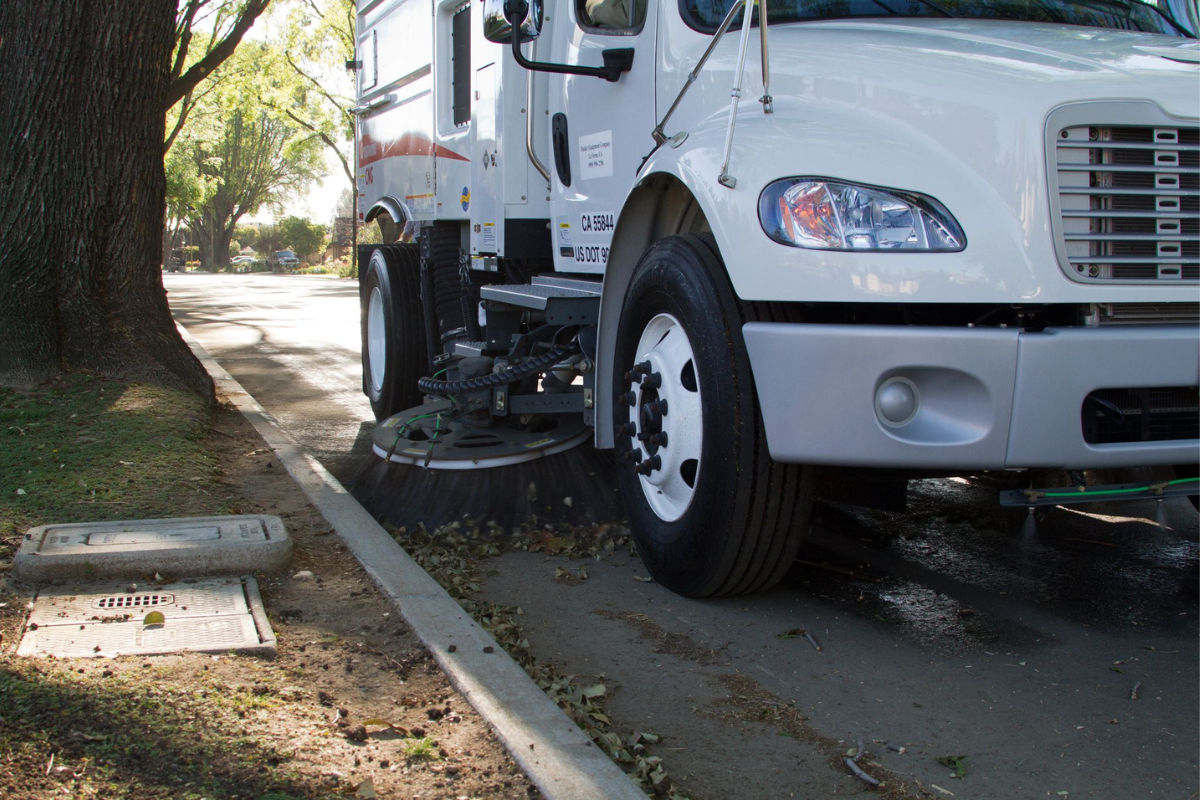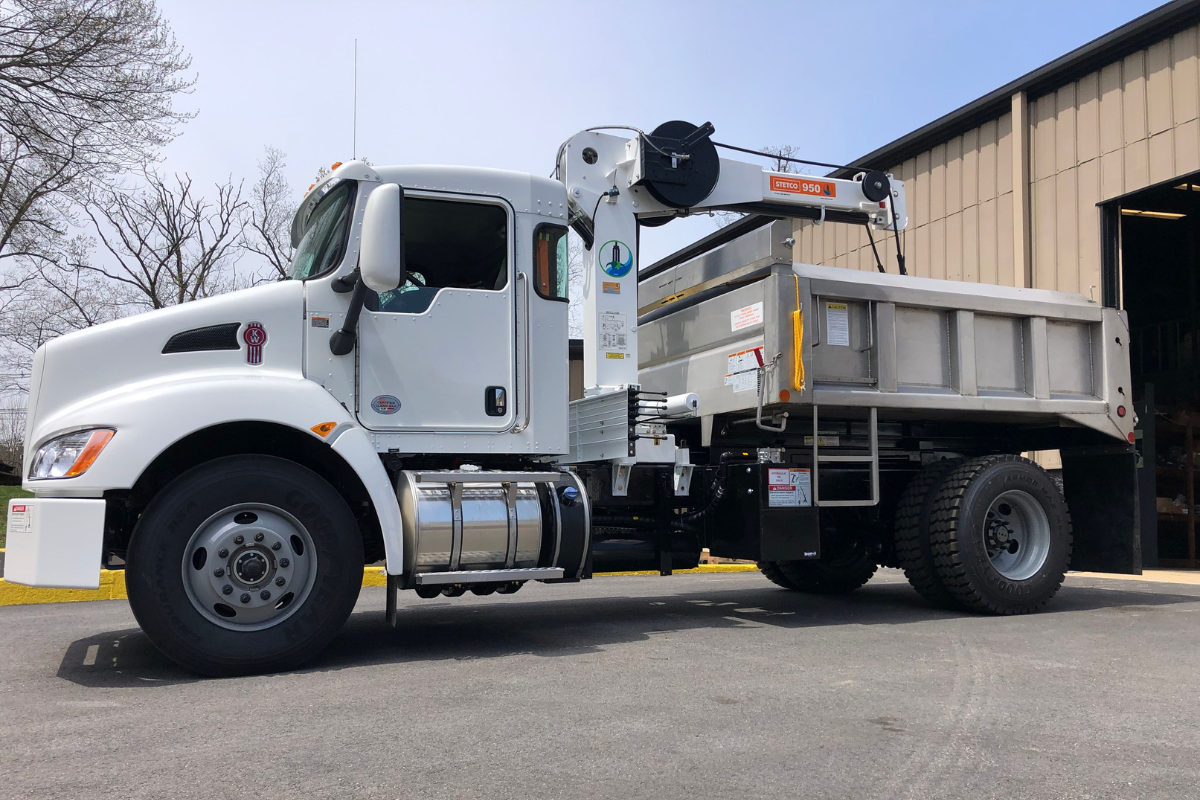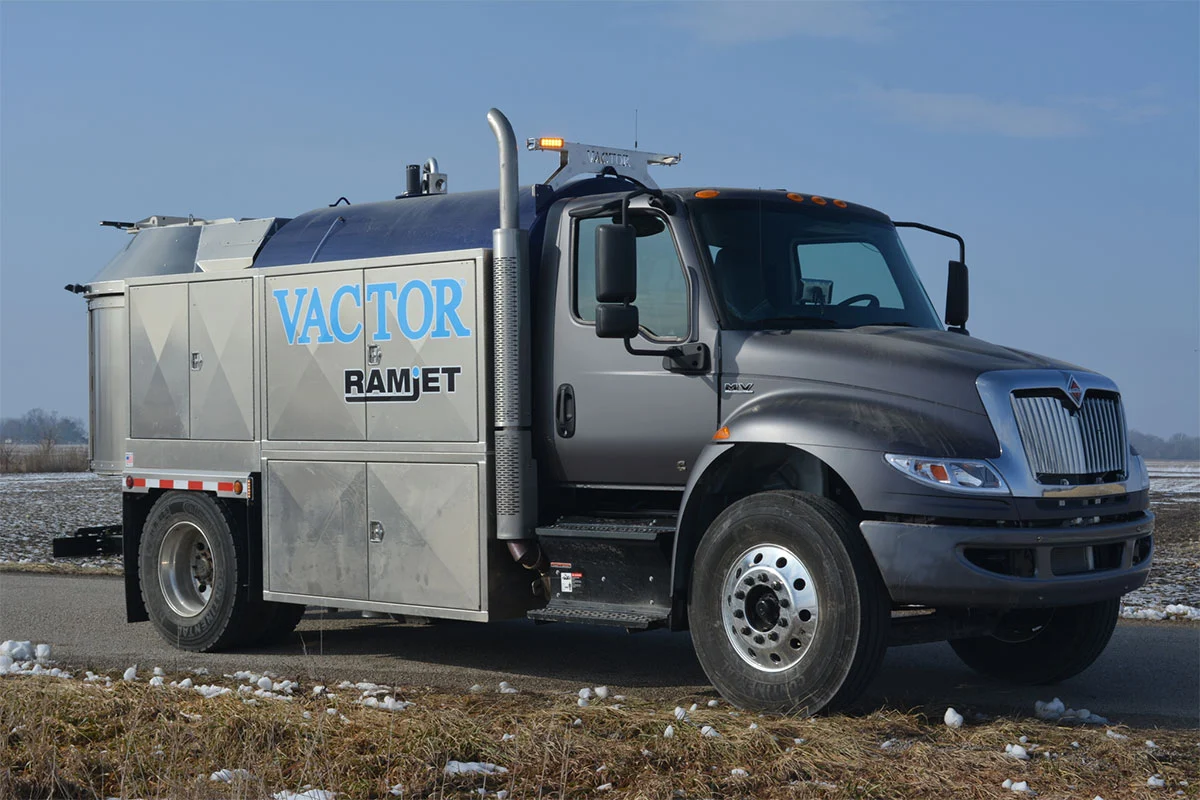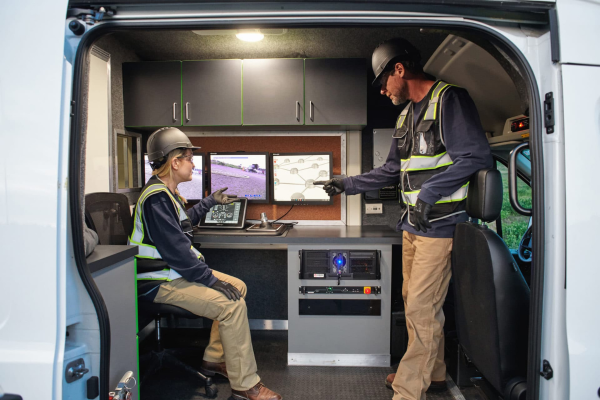Street sweeping is a practical approach to reducing water and air pollution. The Environmental Protection Agency recognizes sweeping as a Best Management Practice, and our fleet of Elgin street sweepers are valuable tools in the fight against pollution. If you’re curious about the connection between sweeping and pollution control, keep reading to discover answers to some of our most frequently asked questions.

What types of sweepers are most effective at removing fine particulates?
All street sweepers remove fine particulates, regardless of whether a sweeper has a filter system on it.
Are air sweepers best for pollution control?
All Elgin Sweepers remove at least 85% and up to 97% of pollutants typically found on the street. Both wet dust control mechanical sweepers and air sweepers can effectively remove pollution.
What are the best practices for using sweeping to prevent pollution?
For reducing water pollution, we recommend sweeping prior to rain events, sweeping regularly and concentrating on areas where dirt is prevalent.
For reducing air pollution, we recommend choosing a sweeper with single-engine technology or a low emission auxiliary engine. Sweep often and dry, and sweeper where the dirt is.
What is the connection between sweeping and storm water quality?
Sweeping is a best practice for managing storm water. The more you sweep, the more pollution is removed. This cost-effective means of removing debris is a classic pollution prevention technique that allows you to remove pollutants before they ever enter storm water. While catch basin cleaning works, it is more difficult and should be considered a “last chance” proposition.

Have a question that isn’t addressed here? Contact us today to learn more or schedule your FREE demo of our Elgin street sweepers.




